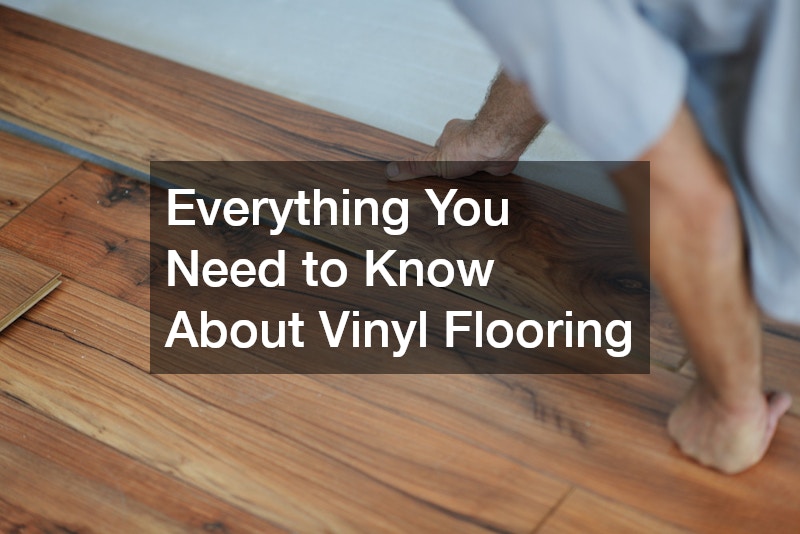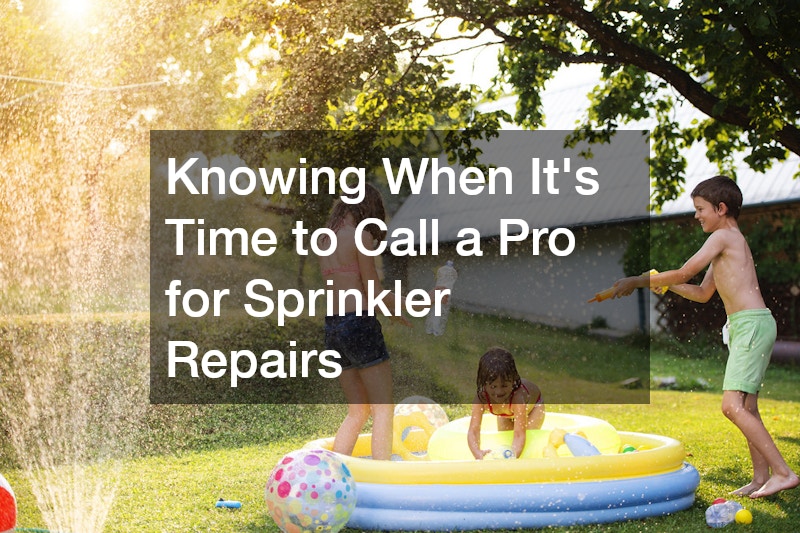Vinyl flooring is a versatile and popular choice for many homeowners. This article will cover everything you need to know about vinyl flooring, from its benefits and installation to maintenance and cost considerations. Whether you’re renovating your home or just curious about vinyl flooring, this comprehensive guide will answer your most pressing questions.
What are the Benefits of Vinyl Flooring?
Durability and Longevity
Vinyl flooring is known for its durability and longevity, making it a great option for high-traffic areas. Thanks to advancements in technology, vinyl flooring can withstand daily wear and tear, maintaining its appearance for many years.
It is particularly resistant to scratches, dents, and stains, which are common issues in busy households. This resistance ensures that even with kids and pets, vinyl flooring can endure without significant damage.
Moreover, vinyl flooring is water-resistant, which makes it suitable for kitchens, bathrooms, and basements. This water resistance helps in preventing warping or mold, thus enhancing its longevity.
Variety of Designs and Styles
One of the major benefits of vinyl flooring is the wide range of designs and styles available, allowing flexibility in aesthetic choices. From wood-look planks to tiles mimicking stone, vinyl flooring can complement any interior design theme.
Its ability to imitate high-end materials means you can achieve the desired look without breaking the bank. With digital printing technologies, manufacturers produce highly realistic textures and patterns, satisfying diverse design preferences.
Additionally, vinyl flooring offers customization options through various colors and finishes, enhancing the overall aesthetic appeal. Whether you prefer a classic or modern look, there’s a vinyl flooring design to match.
How to Install Vinyl Flooring?
Preparation and Tools Required
Proper preparation and having the necessary tools are crucial steps to ensure a smooth installation process. Before starting, make sure to measure your space accurately and purchase slightly more vinyl than needed to account for waste.
Tools required include a utility knife, measuring tape, adhesive, and a vinyl floor roller, among others. Gathering all necessary materials beforehand saves time and reduces interruptions during the installation.
It’s important to acclimate the vinyl flooring to the room’s conditions at least 48 hours before installation. This helps in preventing any expansion or contraction issues post-installation.
Step-by-Step Installation Guide
This subsection provides a detailed, step-by-step guide on installing vinyl flooring, including tips for a successful finish. Start by cleaning the subfloor thoroughly, ensuring that it is dry and free of debris for optimal adhesion.
Next, lay out the vinyl planks or tiles to establish a pattern and cut pieces to fit edges and corners using a utility knife. After laying the pieces, use a floor roller to secure them firmly, removing any air bubbles for a flat surface.
If using an adhesive, follow the manufacturer’s instructions for the best results and allow the floor to set for the recommended time before moving furniture back. For an extra layer of protection, consider applying a sealant, especially in high-moisture areas.
How to Maintain and Clean Vinyl Flooring?
Daily and Weekly Cleaning Routine
Regular cleaning routines can prolong the life of your vinyl flooring, keeping it looking new for longer. For daily maintenance, sweep or vacuum the floor to remove dirt and prevent scratches.
For weekly cleaning, use a damp mop with a pH-neutral cleaner, avoiding harsh chemicals that can degrade the floor’s finish over time. Light maintenance ensures the vinyl retains its shine and aesthetic appeal, making your space inviting.
Additionally, placing mats at entryways can help in trapping dirt and moisture, providing the first line of defense against debris. This simple practice can significantly reduce maintenance efforts and preserve the floor’s look.
Dealing with Stains and Damage
Learn effective methods for preventing and treating common stains and handling any damage to ensure longevity. Quickly tackling spills with a clean cloth can prevent them from setting and causing permanent damage.
For tougher stains, a mild solution of water and vinegar can be effective, but always test in an inconspicuous area first. In the case of physical damage like scratches, a vinyl floor repair kit can handle minor blemishes easily.
For more significant damage, replacing the affected vinyl plank or tile might be necessary to maintain the floor’s appearance. Proactive care through immediate attention to stains and regular inspections can extend the flooring’s lifespan.
Vinyl flooring offers a durable, stylish, and affordable solution for various spaces in your home. By understanding its benefits, installation process, and maintenance needs, you can make informed decisions and keep your vinyl flooring looking its best for years to come. Whether you’re a DIY enthusiast or prefer professional help, the options with vinyl flooring are versatile and plentiful.
.




